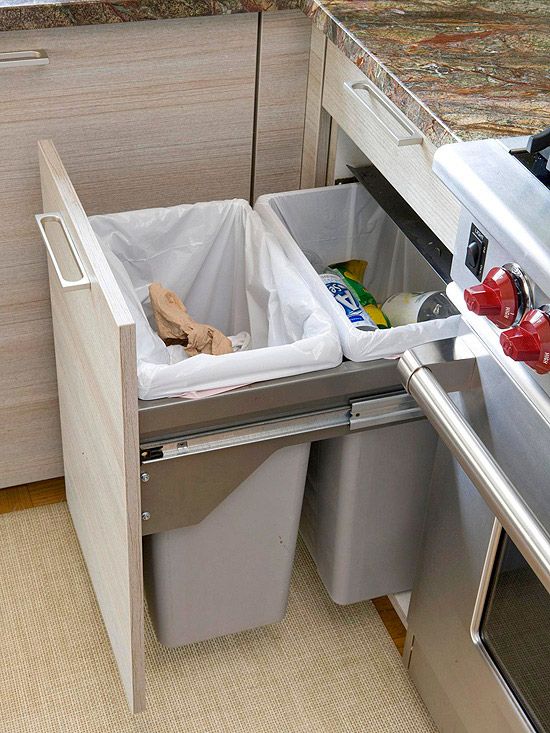
Working from home is becoming increasingly popular as it gives you more control over your work environment than working at the office. Teleworking can be highly beneficial during the cold season. Locate the thermostat or find out who controls it, and make sure they set it at a comfortable temperature for you and your colleagues. In chilly weather, your preoccupation with getting warm can distract you from your work. Despite the bleak weather, taking a walk can uplift your spirit. Adequate exercise improves sleep and reduces stress. Move AroundĮxercise regularly and move your body during, before and after work - preferably outdoors. Here are tips to stay productive during cold and wet weather. The good news is there are steps you can take to improve the situation. Inclement weather can drain your work energy and leave you feeling unmotivated.
Smart trash cans at staples how to#
Your employees can learn to see winter as an exciting period when you show them how to be active. Despite the cold weather, you can make your work-space active, boost morale and inspire productivity by centralizing office facilities, keeping your teams well-hydrated, having walking meetings, and modeling a healthy lifestyle. There’s no justification for having inactive teams during the winter. and watch your teams follow your example. Participate in your company’s stair clubs, health screenings, vaccinations and gym workouts. In addition to taking the above measures to encourage movement, you can change your office culture by embodying the physically active behaviour you want your employees to adopt. The level of physical activity is part of your office culture. When it comes to office culture and mood, your employees follow your lead. The benefits of centralized water supply at the office are three-fold: drinking lots of water keeps your people healthy, a central water cooler gets them moving, and well-hydrated people visit the restroom often (which further encourages movement). Set up a central water cooler, and make sure it never runs dry. Make sure your teams’ energy levels are high and their moods are positive by encouraging them to stay well-hydrated. Furthermore, team members tend to be more concise and precise in walking meetings than they are at sitting meetings. Discussing business while strolling around the office livens your teams’ moods and boosts their creativity. For these reasons, consider having stand-up and walking meetings. Sitting for long hours has the opposite effect. Physical activity improves brain function. Similarly, setting up a central printing center gets people moving, encourages interactions and simplifies maintenance.

Moreover, centralizing trash cans helps to reduce the cost of waste management.

Placing these items at a central location will get your employees moving. Reconsider the placement of shared workplace facilities such as printers and trash cans. Here are some ways to encourage your employees to be physically active and remain productive. As a result, workplace productivity takes a hit. However, spending too much time indoors dampens their mood and harms their health. Many Canadian workers tend to cope with the cold season in unhealthy ways such as skipping lunch, so they don’t have to deal with the cold outside. Still very valuable pursuits, but not for me as a particular person.Winter brings with it freezing mornings and snow-covered sidewalks, but your business needs to keep going. Obviously and of course - but I think for me as just a person, I had reached the limit of my own ability to engage certain mental processes that I felt were limiting. I'm not saying the problem-solving mind isn't valuable. And I did not engage that problem-solving mind at all. And I would tell people I left design because I was tired of solving problems. So it's very cognitive - very prefrontal cortex. The nutshell answer that I often give people is that design is often described as creative problem solving. I think it's why I eventually left design. So I think those were the kinds of questions that interested me or became increasingly of greater interest to me as I pursued design. So for example, how does racism get inscribed into our built environment in our institutions? It actually runs pretty deep if you really want to delve into the social and material processes of forming.


 0 kommentar(er)
0 kommentar(er)
